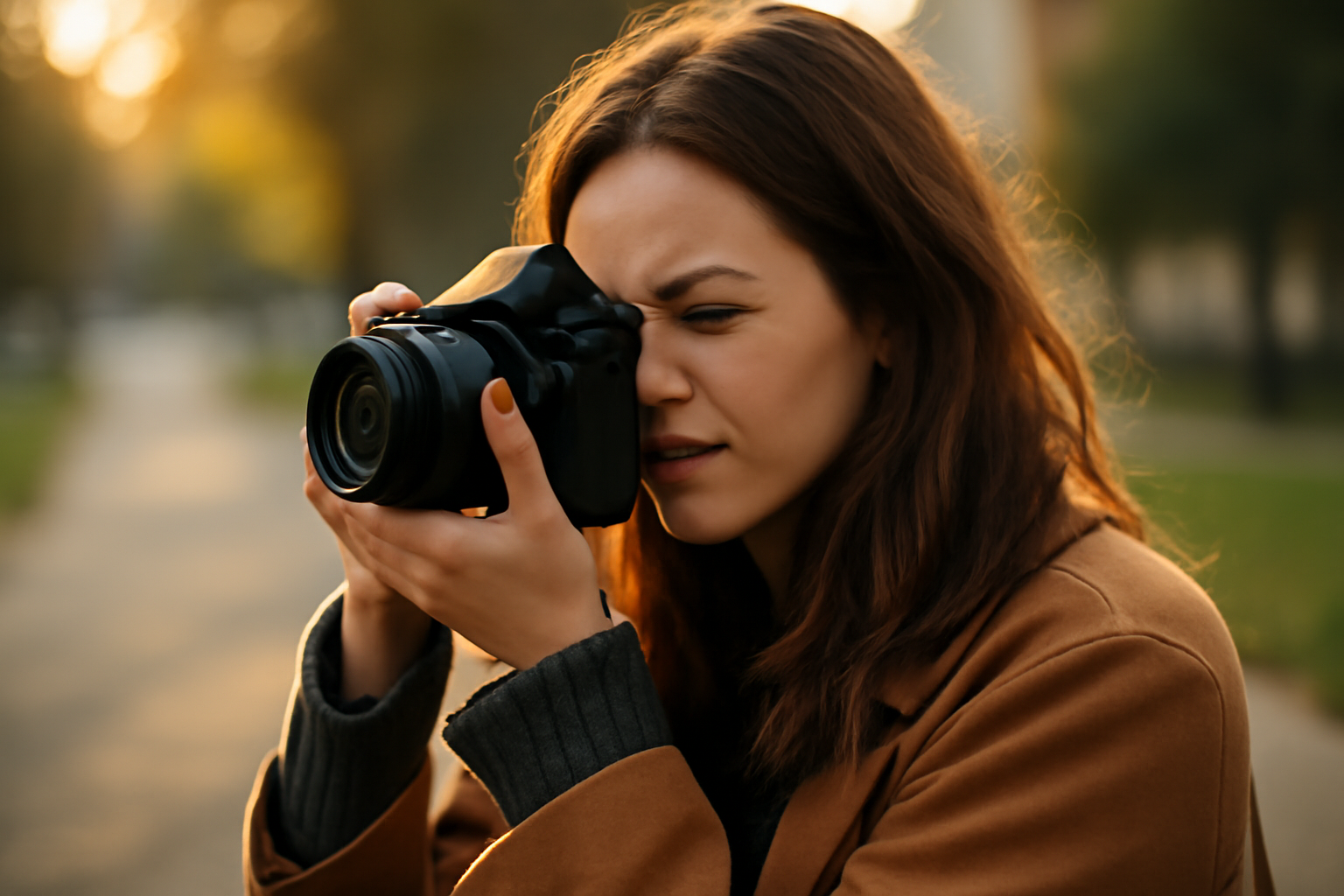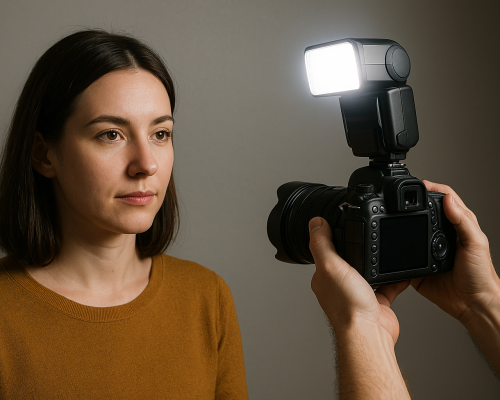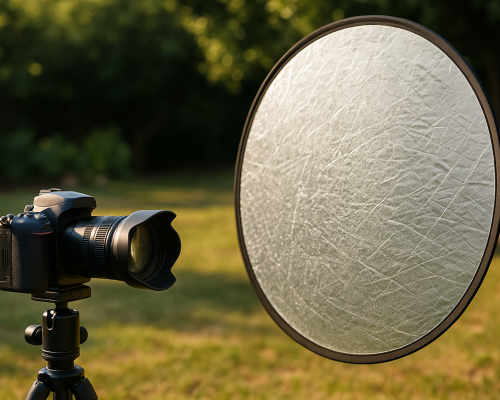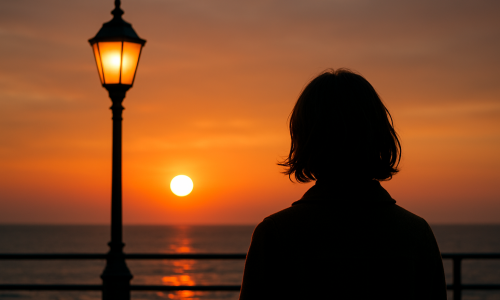Every photographer, at some point, feels stuck. The ideas stop flowing, the passion dims, and everything starts to feel… repetitive. You scroll through Instagram, browse photography blogs, and see stunning images from other creators. And then the doubt kicks in — “Why can’t I come up with something like that?”
Inspiration is essential for any creative pursuit. But in photography, where visual influence is everywhere, it’s incredibly easy to fall into the trap of imitation. While learning from others is a natural part of growth, true creative fulfillment comes when you find your own voice — your own way of seeing the world.
So how do you get inspired without copying others? How do you grow as a photographer while staying original and authentic?
This guide dives into exactly that.
Inspiration vs. Imitation: Knowing the Difference
Before we explore strategies, it’s important to understand the difference between inspiration and copying. The line between the two can be blurry.
Inspiration means observing someone else’s work and asking, “What do I like about this?” It could be the emotion, the lighting, the composition, or the story it tells. You then reinterpret that feeling or idea in your own way, through your own lens — literally and metaphorically.
Imitation, on the other hand, is recreating something almost exactly as it was done, without adding anything new of your own. It’s not growth; it’s replication.
There’s nothing wrong with studying other photographers or even trying to replicate a shot for learning purposes — but your goal should always be to absorb the lessons and then evolve past them.
Start by Defining What Moves You
If you want to get inspired from the inside out, you need to understand what genuinely excites you — not just what’s popular or trending.
Ask yourself:
- What kind of images make me pause and feel something?
- Do I gravitate toward warm light? Moody shadows? Urban energy? Quiet nature?
- Do I enjoy documenting reality or creating imaginative scenes?
- Am I drawn to colors, textures, people, solitude?
Keep a journal or a note on your phone where you collect feelings, words, themes, and places that resonate with you. These emotional cues are more valuable than copying someone else’s poses or presets.
Photography is about seeing the world with your eyes, not through someone else’s filter.
Use Mood Boards Without Mimicking
Mood boards are powerful tools. Platforms like Pinterest and Instagram are filled with endless inspiration. But here’s the trick: don’t collect photos to copy — collect them to identify patterns.
Make a board of images that stir something in you. Then ask:
- What colors show up often?
- Are the subjects close up or far away?
- What’s the lighting like?
- What emotions do these photos evoke?
By analyzing your own taste, you start to understand your subconscious aesthetic. That’s a huge step toward developing a signature style that’s inspired but uniquely yours.
Study the Photographer, Not Just the Photo
Instead of just liking a photo, study the photographer behind it. Read interviews, watch their behind-the-scenes videos, observe how they talk about their process.
Ask:
- What was their intention behind this shot?
- How did they approach the subject?
- What gear did they use — and why?
- How has their style evolved over time?
When you understand the thinking behind great photography, you’re more likely to apply those lessons to your own work rather than simply copying the surface-level result.
Experiment with Other Art Forms
One of the best ways to stay original is to get inspired by non-photographic sources.
Try:
- Watching films with incredible cinematography
- Studying paintings, especially how classical artists used light
- Listening to music that evokes visual imagery
- Reading poetry that stirs your imagination
- Visiting architecture, galleries, or natural landscapes
Creativity is a conversation between art forms. The more you explore beyond photography, the more creative fuel you gather — and the less you’ll feel tempted to just repeat what’s already been done.
Embrace Constraints
Strangely, creativity often blooms when you give yourself less to work with. It sounds counterintuitive, but limitations can push you to dig deeper and think more creatively.
Try this:
- Shoot only in black and white for a week
- Use one lens — or even one focal length — for all your photos
- Take 10 photos per day, no more
- Only shoot reflections for a day
- Tell a story in three frames
These kinds of self-imposed rules force your brain to stop thinking in clichés and start seeing differently. You’ll develop your own solutions instead of copying others.
Spend Time Alone With Your Camera
One of the biggest reasons photographers fall into copying is because they’re not giving themselves enough time to explore independently. Social media shows us constant results — polished, curated, edited images — but it hides the process, the solitude, the trial and error behind them.
Take your camera and go for a walk. Not to shoot something specific. Just to observe. The sound of gravel, the way light hits a wall, the wind moving through leaves — these moments are where real inspiration lives.
Shoot when no one is watching. Photograph what you notice, not what will get likes. That’s where originality is born.
Learn the Techniques — Then Forget Them
It’s important to master the basics: exposure, composition, lighting, editing. But once you know the rules, challenge yourself to bend them. Let go of what’s “correct” and follow your instincts.
If you’re always composing by the rule of thirds because that’s what you were taught, stop and ask — what if I centered the subject? What if I chopped off half the frame? What if I embraced blur?
Technical knowledge is your toolbox. But art lives in the risks you take with those tools.
Talk to Other Creatives (Not Just Photographers)
Join communities where people are creating, but not necessarily in photography. Talk to illustrators, writers, filmmakers, musicians.
Ask:
- How do you handle creative blocks?
- Where do you find inspiration?
- What does your creative process look like?
You’ll find parallels, shared struggles, and completely new ways of thinking about your craft. Sometimes the best idea for a photo comes from a conversation with someone who doesn’t even shoot.
Avoid the Trap of the Algorithm
Social media is great for sharing and discovering photography — but it can also kill your creativity if you’re not careful. The more time you spend scrolling, the more you see the same trends repeated.
Sunset silhouettes. Neon portraits. Drone shots of roads through forests. Beautiful, yes — but also everywhere.
You start to feel like these are the only kinds of photos that matter. But they’re not. Your creativity doesn’t have to fit the algorithm.
Limit your consumption. Curate your feed. And remember: real inspiration doesn’t come from your feed — it comes from your curiosity.
Create Personal Projects
Nothing will sharpen your originality faster than committing to a personal project. This gives you a direction, a theme, and the freedom to explore within it.
Ideas:
- “One Street, One Year”: Document the same street over months
- “Forgotten Corners”: Find beauty in overlooked places
- “Strangers at Sunset”: Portraits of people you meet at golden hour
- “Texture Stories”: A study of patterns, surfaces, and detail
Personal projects take the focus off trends and turn it inward. You’re shooting for yourself. You’re creating a body of work. That’s when real creative voice begins to form.
Keep a Photography Journal
Document your thoughts. After every shoot, write down:
- What worked
- What didn’t
- What you felt during the shoot
- What surprised you
- What you want to try next
This reflection helps you internalize your process, notice your growth, and spot patterns in your creative preferences.
It also becomes a space to revisit when you’re stuck — a reminder that progress is messy but worth it.
Revisit Your Own Work with Fresh Eyes
One of the most overlooked sources of inspiration is your own portfolio. We’re often so busy chasing new ideas that we forget the stories we’ve already told — or almost told.
Go back to your old photos:
- Look at unfinished projects
- Re-edit a photo from last year with your current skills
- Crop it differently
- Ask yourself what you were trying to express when you took it
Sometimes, you’ll see patterns in your older work — recurring themes, subjects, or moods — that point to your natural creative voice. You may also spot missed opportunities that you now have the skills to explore more deeply.
Rediscovering your own visual language is one of the most powerful ways to stay inspired — and original.
Photograph Without the Intention to Share
This is one of the most liberating things you can do as a photographer.
We live in a world where almost every image ends up online. But what happens when you shoot just for yourself? No hashtags. No captions. No algorithm chasing.
Try this:
- Spend a full day shooting with no intention to post
- Don’t review the images right away
- Let go of the idea of “likes” or “engagement”
- Shoot whatever catches your eye, even if it seems insignificant
By removing the pressure of performance, you free yourself to see differently. You start creating for the joy of it again — and that joy is often where true inspiration begins.
Let Time Work in Your Favor
Lastly, remember that creative seasons are natural. Some days you’ll feel flooded with ideas. Other days, you’ll feel dry and disconnected. That’s okay.
Inspiration isn’t a faucet you can turn on at will. Sometimes, the best thing you can do is pause, live life, explore outside photography, and come back with new experiences that fuel your work.
Be patient with yourself. Your voice is already there — it just needs time, space, and courage to emerge.
Final Thoughts
Inspiration is essential, but originality is what makes your work matter.
You don’t need to copy others to create beautiful, meaningful photos. In fact, the most memorable images are often the ones that feel personal, imperfect, and unrepeatable.
Pay attention to what makes you curious. Build your eye through exploration, not imitation. Let the work of others guide you — but don’t let it drown your voice.
The perfect light, the perfect subject, the perfect idea — they don’t live in someone else’s portfolio. They live in your willingness to show up, look closer, and keep pressing the shutter.
Because the most powerful image you’ll ever take is the one that only you could have seen.









